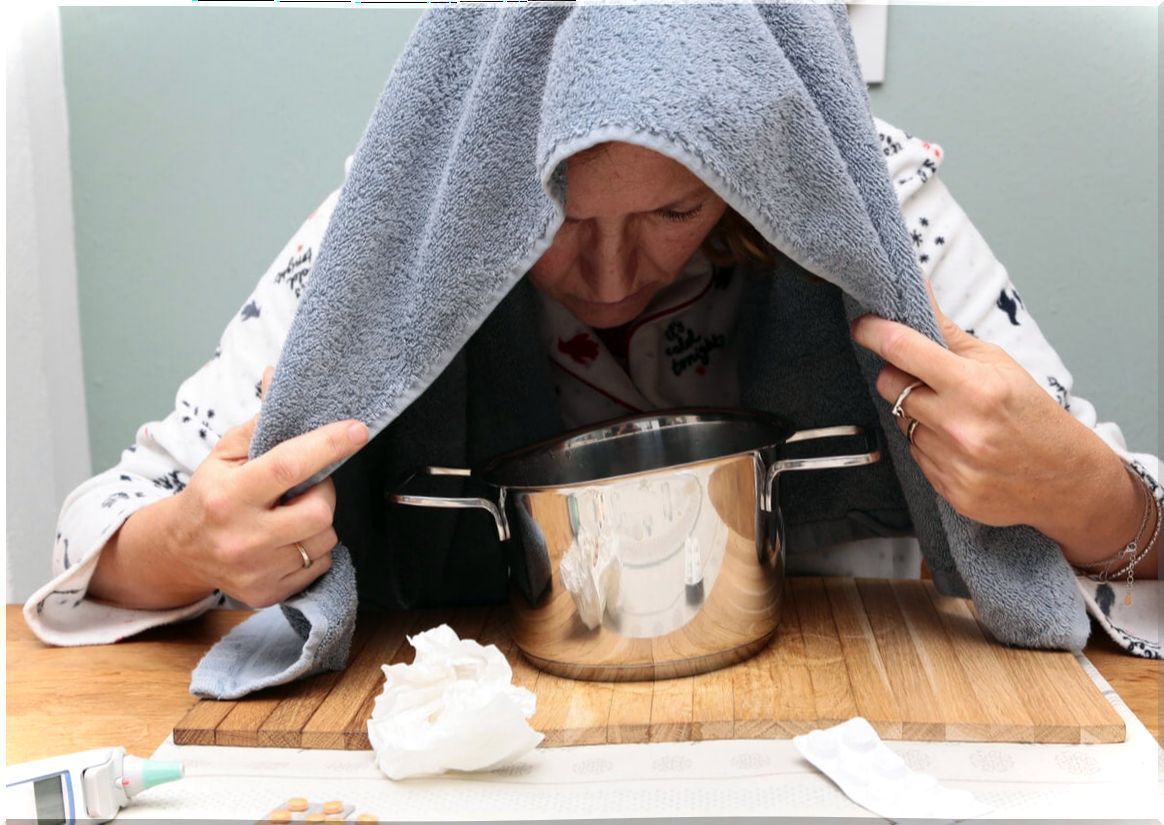Croup: Causes, Symptoms And Treatment
Croup or laryngotracheobronchitis is a respiratory disease that tends to affect children between 3 months and 5 years of age. It is usually triggered by a viral infection of the upper respiratory tract that inflames the throat tissue and makes it difficult for the infant to breathe normally.
According to the journal Anales de Pediatría, croup represents up to 20% of respiratory diseases in childhood. It can produce mild, moderate or severe symptoms, which are worse at night. If you want to know everything about the disorder and how to deal with it, read on.
Types of croup
As we have said, croup is usually caused by a viral infection. Pathogens enter through the nasal passages and spread to the epithelium of the nasopharynx and trachea, where they can stop or continue down the respiratory tree.
This generates inflammation that makes speech and breathing difficult, presenting with variable symptoms. There are two main types of croup and we will tell you about their peculiarities below.
1. Acute laryngotracheitis
The causative germs of this variant are usually type 1, 2 and 3 parainfluenzaviruses, representing more than 75% of infections in infants. Bacterial pathogens are rare, but the Mycoplasma pneumoniae species is responsible for up to 3%.
This variant begins as an upper respiratory disease that ends in croup in 1-3 days. It is much more common in children than in adults, since their immune system is less refined and the respiratory tree is thinner in diameter, which facilitates partial obstruction.

2. Spasmodic croup
It is difficult to distinguish it from acute laryngotracheitis, but it differs from the previous one in that the child does not have to present symptoms of flu or colds. These are recurrent bouts of barking cough and characteristic shrill sounds, but there is usually no severe respiratory compromise.
Causes of croup
As we have indicated, viral infections of the airways are the most common cause of croup in children. Still, according to the US National Library of Medicine, there are other possible explanations. Among them we find the following:
- Allergies: they can also cause inflammations in the tissue of the respiratory tree.
- Inhalation of a foreign element that irritates the respiratory tract.
- Gastroesophageal Reflux (GERD): Partial regurgitation of stomach acids irritates the esophagus and larynx.
Symptoms of croup
As the MSD Manual indicates, croup begins with typical cold symptoms, such as a runny nose, sneezing, and a mild fever and cough. As the viral infection progresses through the respiratory tree, the following signs may be added:
- Barking cough: dry, strong, metallic, hard and repetitive.
- Noisy breathing: also known as stridor .
- Difficulty breathing and hoarseness.
- Fever: in 50% of sick children.
- Slight sore throat.
All symptoms are worse at night and may wake the child. Croup occurs 1-3 days after infection, worsens 2-3 days after the first symptoms appear, and eventually resolves on its own within a week.
Diagnosis
As indicated by the Radiology.org portal , the diagnosis is usually made through a physical examination. The pediatrician will listen to the child and listen to his breathing, in addition to observing possible inflammation in the outermost area of the throat. To rule out other diseases, a chest X-ray may be necessary.
Croup treatment
In most cases, croup does not require medical treatment, as the infant’s immune system fights the disease on its own. Still, the AboutKidsHealth portal provides us with some tips. Among them we find the following:
- Cold Vapor – Cold, moist air can reduce inflammation in the upper respiratory tract. A cool humidifier placed in the child’s room at night is helpful.
- Antipyretics and pain relievers: Ibuprofen, acetaminophen, and other over-the-counter drugs are suitable for treating local pain. However, the use of aspirin in infants should be avoided at all costs.
- Steam baths.
Sometimes the use of antibiotic treatments is required, although this is very rare, since almost all cases are caused by viral infections. In severe cases where the child cannot breathe, has purple skin, or is constantly fatigued, there is no other option but to go to the emergency room. Even so, making the disease so complicated is difficult.

How can it be prevented?
Unfortunately, preventing croup in a young child is almost impossible. Infants tend to crowd into schools and take minimal hygienic precautions, so spread to viruses in the fall / winter seasons is part of the normal dynamic.
Do not be obsessed with this pathology, as alarming as it may seem, it usually resolves itself with symptoms that do not go beyond temporary respiratory distress. The only thing you can do, if your child already has croup, is to isolate him from the rest of the classmates and environment until he recovers.
Croup is typical of childhood
Croup is typical in children up to 6 years of age and, from here, its presentation is much less likely. It is almost always a mild pathology. On rare occasions it can get worse. In the event that your child has severe respiratory distress, a visit to the emergency room is essential for a quick approach.









